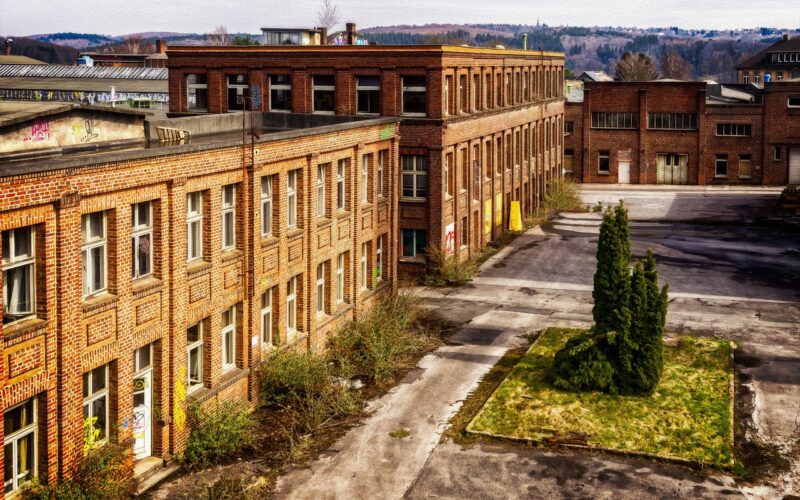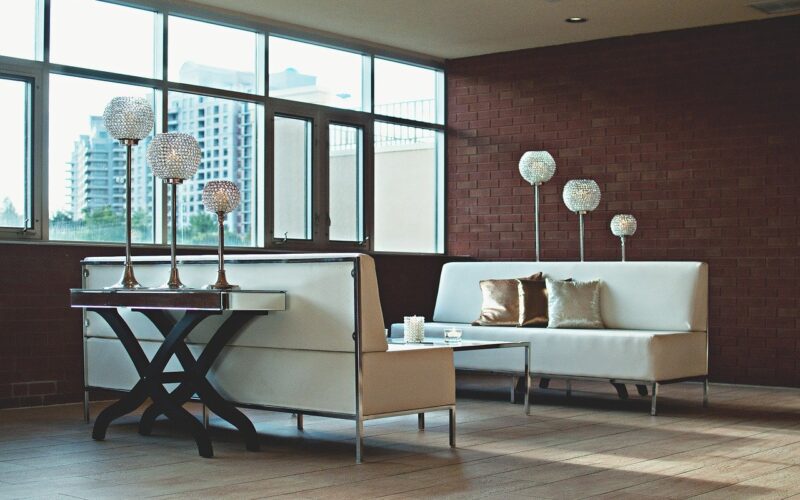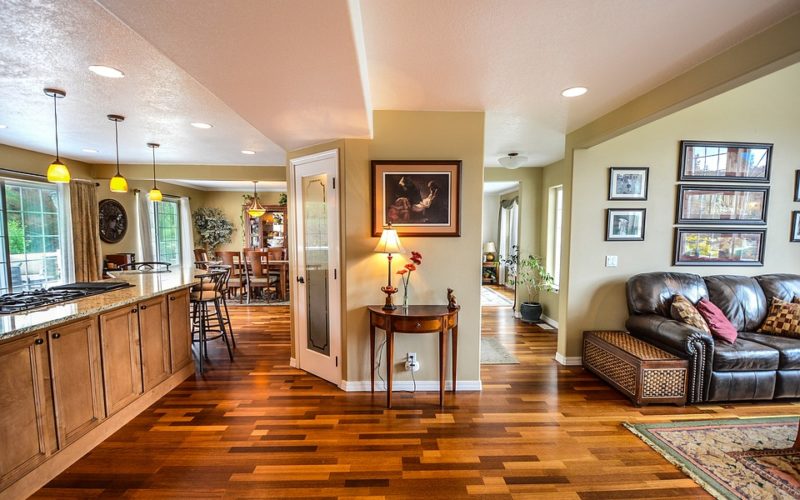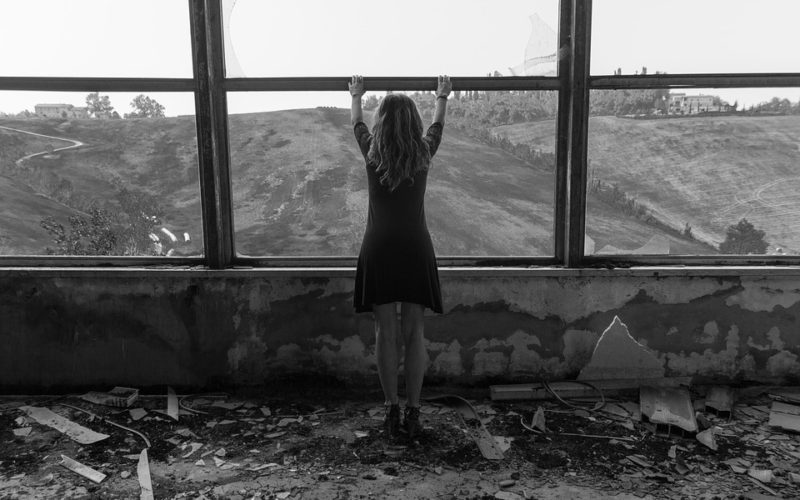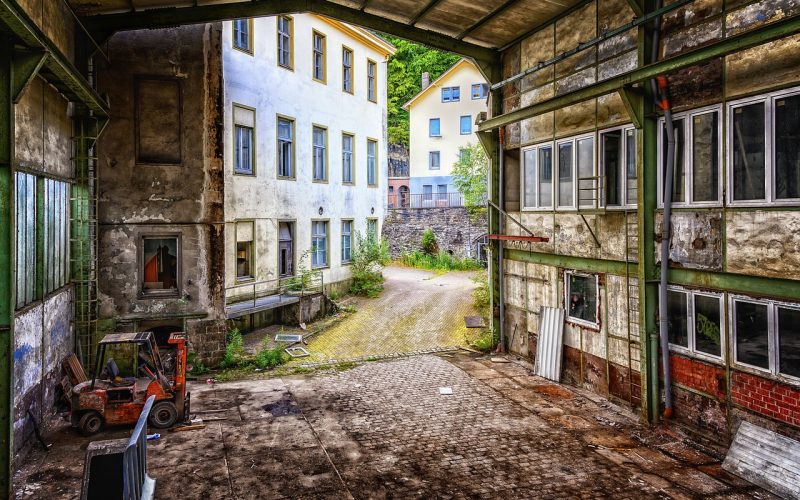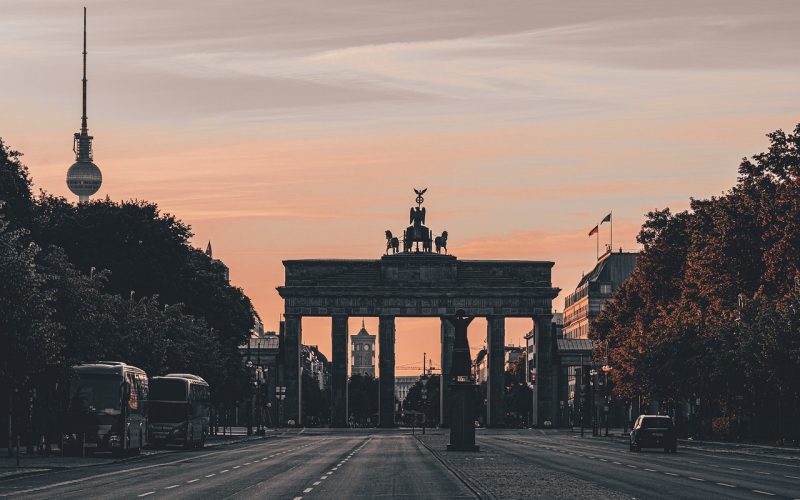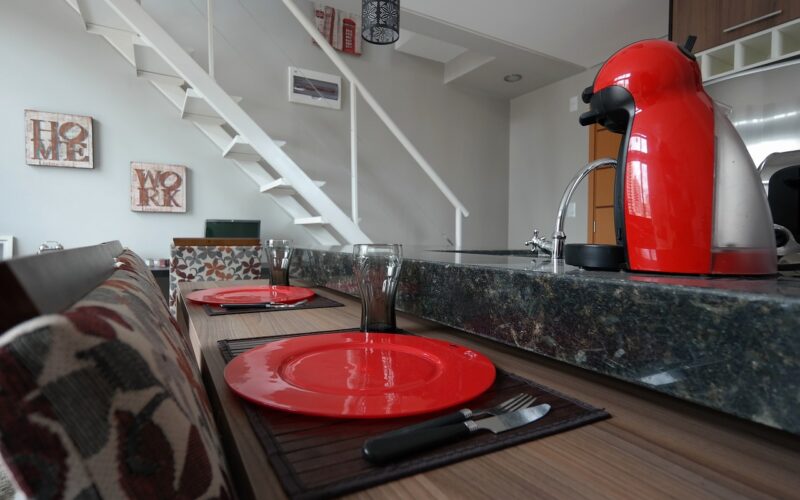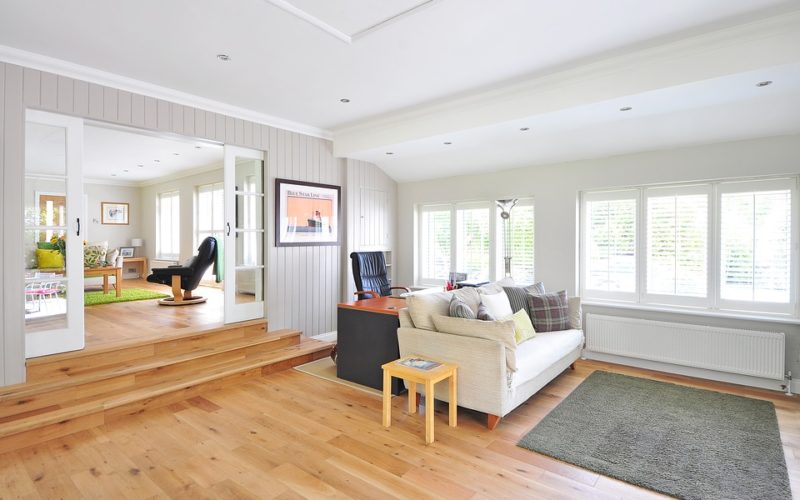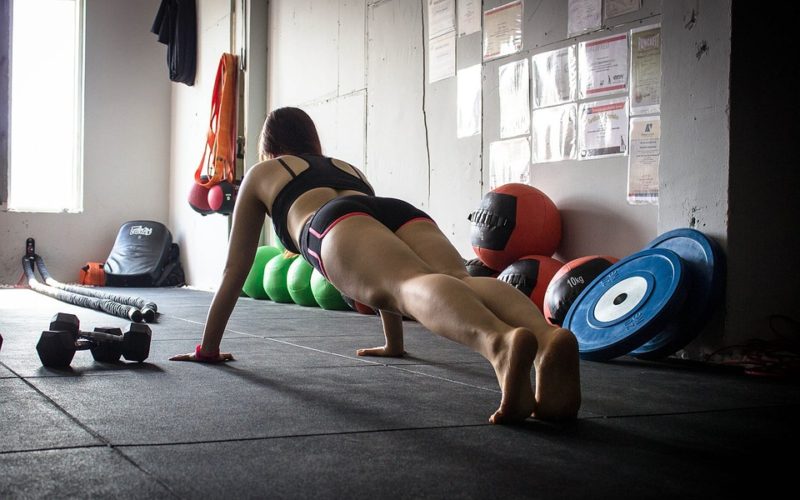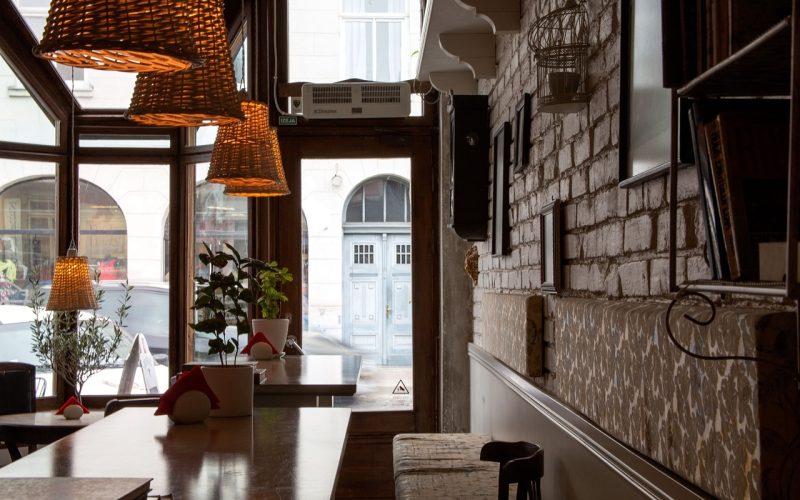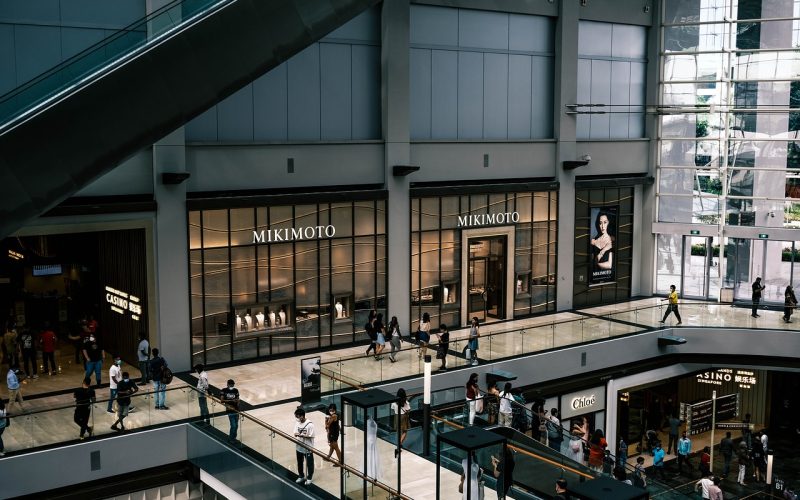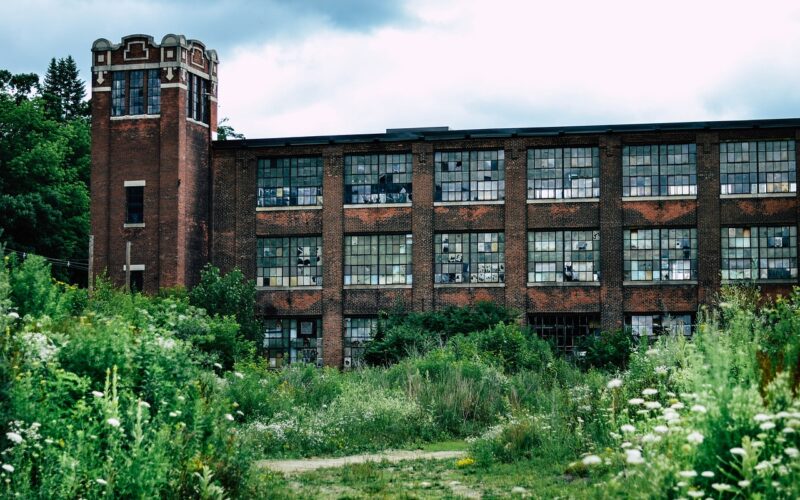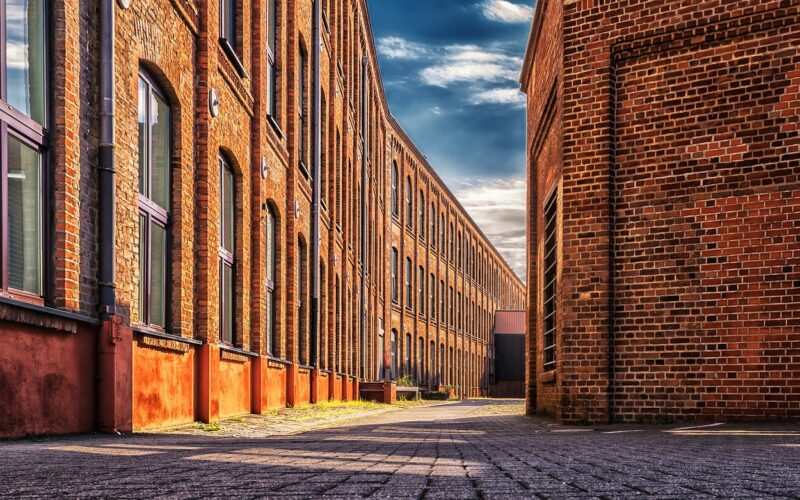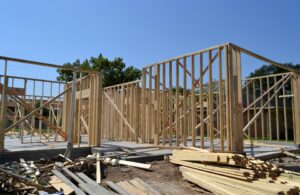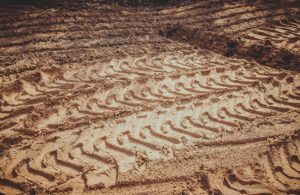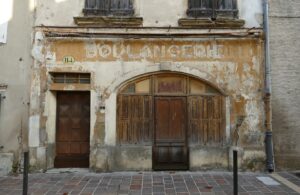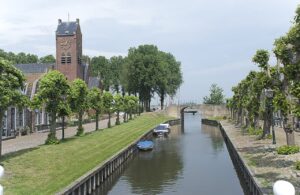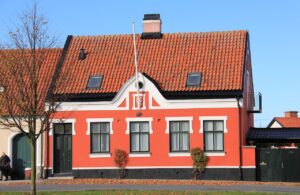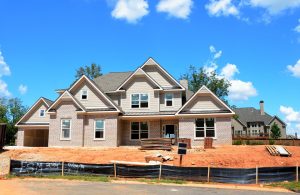The concept of repurposing has taken a prominent place in modern development, particularly when it comes to revamping old factory buildings. These structures, often remnants of a bygone industrial era, are being transformed into vibrant offices, cosy apartments, and bustling shops. Not only does this trend keep the historical integrity of the buildings intact, but it also introduces a new layer of functionality and style that caters to our contemporary needs.
Why repurpose old factory buildings?
Old factories are usually spacious, robust structures with open floor plans that offer a blank slate for creative redevelopment. With their unique architectural elements, such as high ceilings and large windows, they make for airy and well-lit spaces that can be adapted for various uses.
Additionally, repurposing these buildings is a form of sustainable development, reducing the need for new construction and therefore minimising our environmental footprint.
Turning factories into modern offices
One of the most popular transformations of old factories is into office spaces that promote a new way of working. These offices often retain the industrial aesthetics—exposed brickwork, metal framework, and the original flooring—while integrating modern technologies and comfort. This creates a unique workspace environment that inspires creativity and fosters a collaborative ethos among workers.
A new kind of home
Another common conversion is into residential units. These loft-style apartments appeal especially to those looking for unconventional living spaces that combine the rustic charm of industrial design with the conveniences of modern life. The generous proportions of former factory floors make them ideal for open-plan living, while the potential for large, multiplane windows offers an abundance of natural light.
Retail spaces with industrial charisma
Old factories also find new life as retail spaces—from niche boutiques to large shopping venues. Keeping features such as the original crane hooks or brick ovens, which were once central to the factory’s operation, can add a distinctive retail experience. The industrial charm of these spaces attracts customers looking for a unique shopping environment that tells a story.
The challenges of repurposing
Despite the allure of converting old factories, there are significant challenges, too. These buildings were not originally designed for residential or commercial use, which means bringing them up to current building codes can be complex and costly. Issues such as insulation, accessibility, and safety must be thoughtfully addressed to meet today’s standards without compromising the building's character.
Celebrating the past by embracing the future
The repurposing of old factories represents an imaginative bridge between the past and the future. It honours the history of the building while giving it a new purpose that serves the community. As cities continue to evolve, the creative adaptation of these spaces provides an opportunity for sustainable development, historic preservation, and innovative design—a true celebration of architectural adaptation.
By acknowledging the past and catering to the present, repurposed factories stand as monuments of innovation and resilience, testament to the endless possibilities that come with viewing the old through a new lens.
